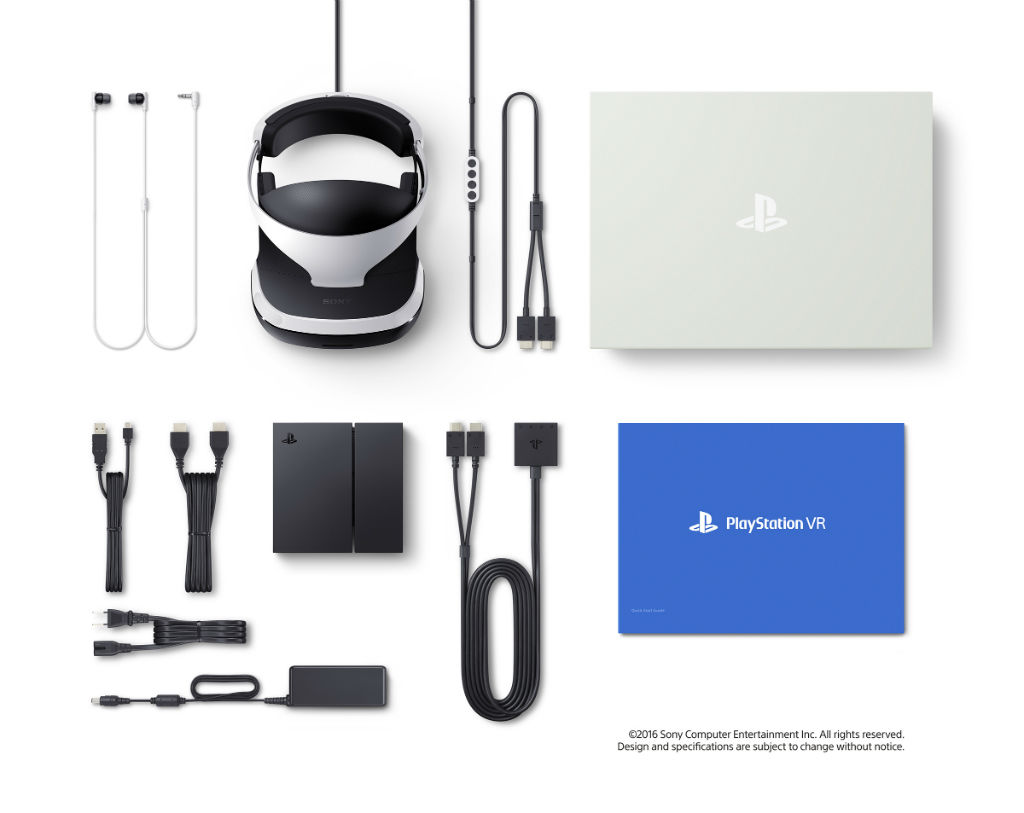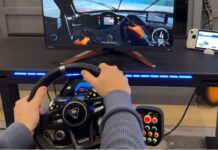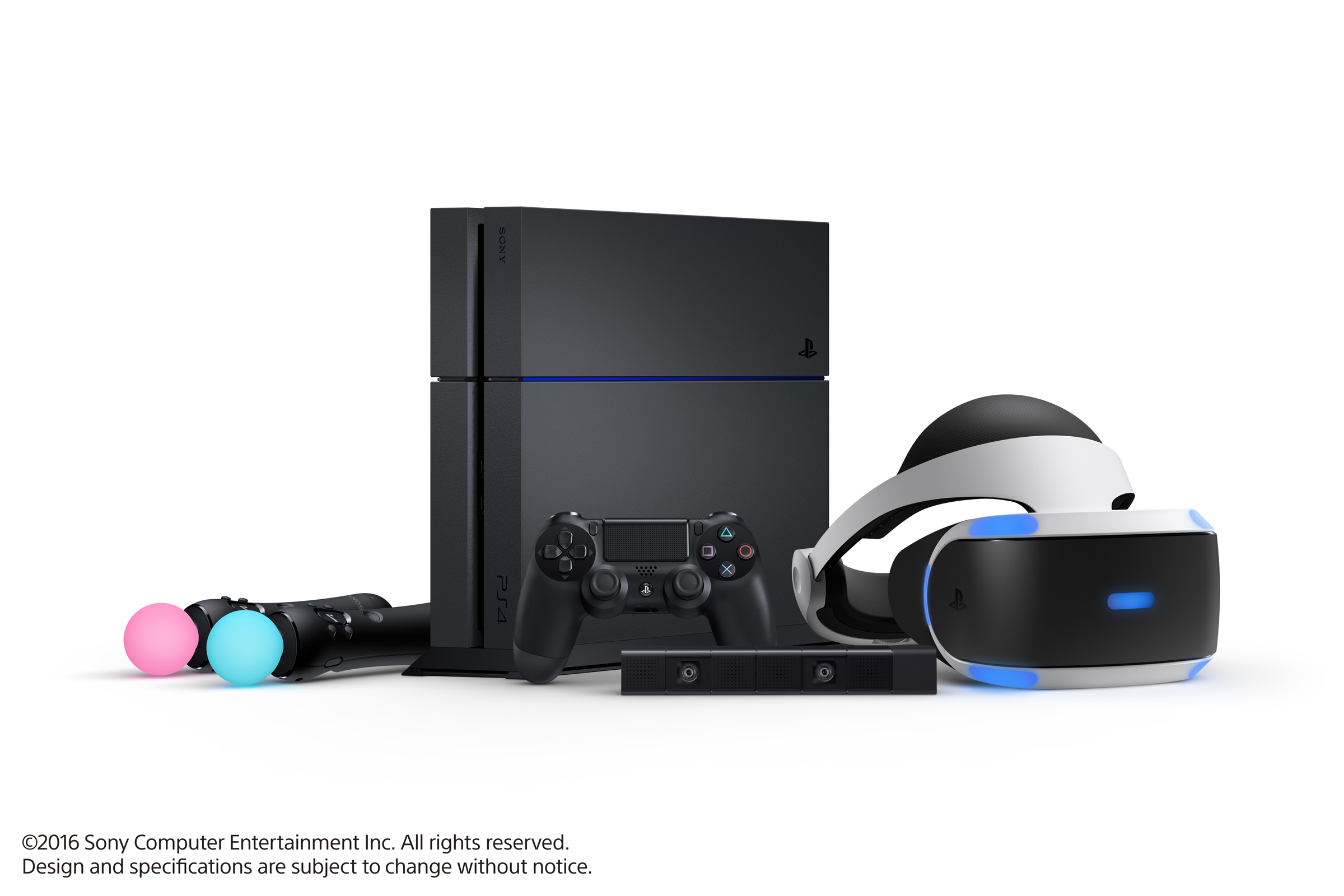
PlayStation VR is out of this world. I already had great experiences with Sony’s newest gaming platform at events like Tokyo Game Show, E3, and Fan Expo Canada, but even my admittedly high expectations were blown away after spending a dedicated week with the PlayStation VR headset. Sony’s VR tech may not have been the first to the market, nor is it the most powerful, but it offers the best combination of hardware, software, and price of any VR platform available today.
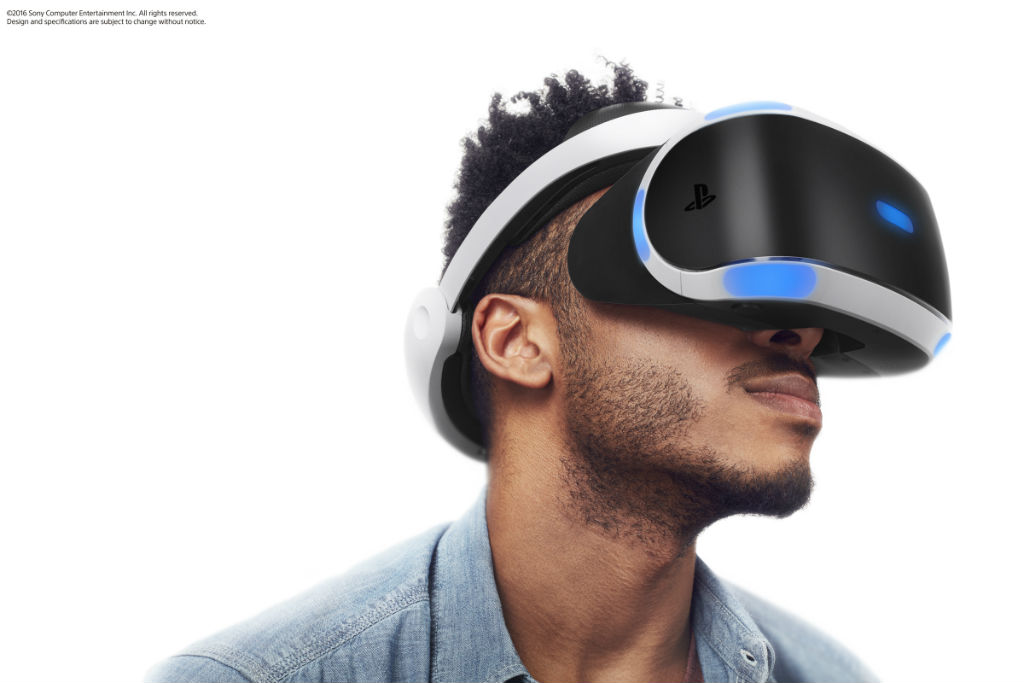
The future of console gaming has arrived
With PlayStation VR, experiencing really is believing. Like many of you, when Sony unveiled PS VR (then called “Project Morpheus”) at the 2014 Game Developer’s Conference, I was excited about what this would mean for the future of PlayStation gaming. It wasn’t until over a year later before I got my first chance to try PS VR, and only then did I realize just how enormous the potential of this new platform was. I’ve been following the latest gaming trends since the golden days of Frogger and Pac-Man, but nothing prepared me for how truly ground-breaking and immersive PS VR is.
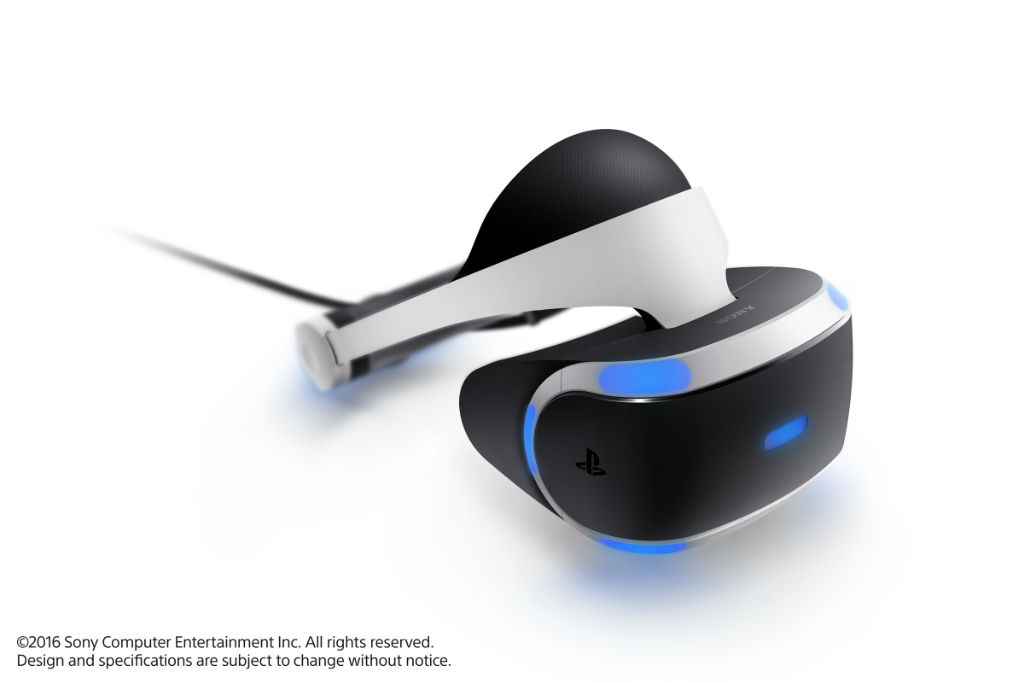 What Sony has accomplished with PlayStation VR is even more impressive when you consider that from a pure specs perspective, both the Oculus Rift and HTC Vive—the two powerful PC gaming VR platforms that launched earlier this year—have Sony’s headset beat. But proving that it’s not necessarily the most advanced technology that makes for the best overall experience, Sony has leap-frogged the competition with their unrivaled combination of a killer software launch line-up and the most comfortable, consumer-friendly VR headset of the bunch. I can say from experience that these two factors make a world of a difference.
What Sony has accomplished with PlayStation VR is even more impressive when you consider that from a pure specs perspective, both the Oculus Rift and HTC Vive—the two powerful PC gaming VR platforms that launched earlier this year—have Sony’s headset beat. But proving that it’s not necessarily the most advanced technology that makes for the best overall experience, Sony has leap-frogged the competition with their unrivaled combination of a killer software launch line-up and the most comfortable, consumer-friendly VR headset of the bunch. I can say from experience that these two factors make a world of a difference.
Let’s not forget, too, the even bigger ace in Sony’s pocket. Unlike the Oculus Rift and HTC Vive, you don’t need an expensive, high-end PC in order to run PS VR. All you need is a PS4—a gaming console already in more than 40 million households worldwide. With such a massive user-based already owning the hardware to power PS VR, Sony could very well be the one to bring VR technology to the mainstream, much like they did with DVDs (PS2) and Blu-ray Discs (PS3).
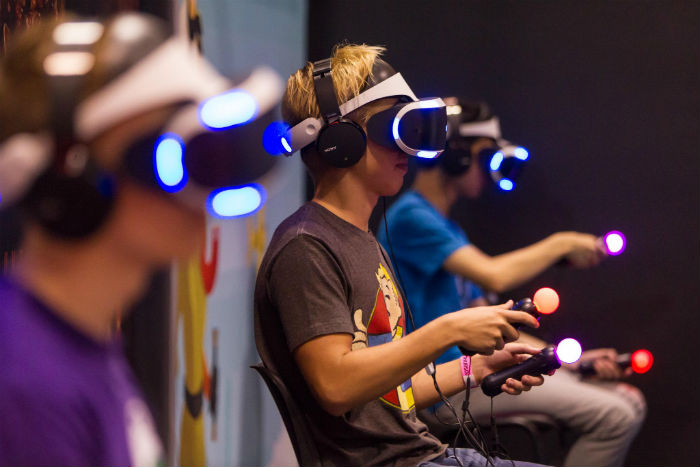 The Games
The Games
Before I get into the specifics of the VR headset itself, I’ll cover what everyone I’m sure is wondering about: how are the PS VR launch titles? The short answer is “most are incredible,” though much like the games that launched with Sony’s PlayStation Move motion controller, many of the PS VR titles available now offer concise/simplified experiences. While that means you won’t be playing launch titles with the ambitious scope of say, Uncharted or God of War, there are still plenty of games aimed at the core audience, and even the more casual games feel novel and fresh when played in immersive 360-degree VR.
So far, I’ve had the chance to play more than a dozen of PS VR’s launch line-up, which is expected to be about 30 games total, with more than 50 games available before the end of the year. I’m really happy with the immense variety of games and experiences at launch, covering genres as diverse as on-rails shooters (Until Dawn: Rush of Blood), sports combat (RIGS: Mechanized Combat League), sports (100ft Robot Golf, Hustle Kings VR), shoot ‘em up (Super Stardust VR), puzzle (SUPERHYPERCUBE), rhythm action (Thumper), and many more. It’s also really encouraging to see Sony’s AAA game studios creating titles, alongside some of the very best indie developers in the world today. With all these developers already onboard, the software component of PS VR is looking very bright.
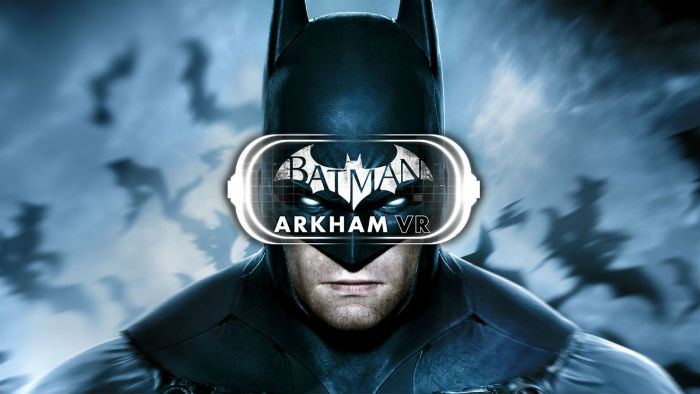 Of all the PS VR games I’ve tried to date, Batman: Arkham VR is my absolute favourite. Ever since I got my first chance to control Batman (in 1989’s Batman: The Movie for Commodore 64) I’ve wondered what it’s like to actually be Batman, and Rocksteady Studios’ VR title let me do just that. Don’t confuse this with a full-fledged Batman Arkham game—it’s a compact, roughly 2-3 hour experience—but every moment is breathtaking. Not only do get to put on the Batman cowl, you also get to explore the Batcave, meet some of Batman’s biggest arch-enemies, and ride iconic vehicles like the Batmobile all in extremely immersive VR. As a diehard Batman fan, physically becoming the caped crusader himself is an experience I’ll never forget—and PS VR made it all possible.
Of all the PS VR games I’ve tried to date, Batman: Arkham VR is my absolute favourite. Ever since I got my first chance to control Batman (in 1989’s Batman: The Movie for Commodore 64) I’ve wondered what it’s like to actually be Batman, and Rocksteady Studios’ VR title let me do just that. Don’t confuse this with a full-fledged Batman Arkham game—it’s a compact, roughly 2-3 hour experience—but every moment is breathtaking. Not only do get to put on the Batman cowl, you also get to explore the Batcave, meet some of Batman’s biggest arch-enemies, and ride iconic vehicles like the Batmobile all in extremely immersive VR. As a diehard Batman fan, physically becoming the caped crusader himself is an experience I’ll never forget—and PS VR made it all possible.
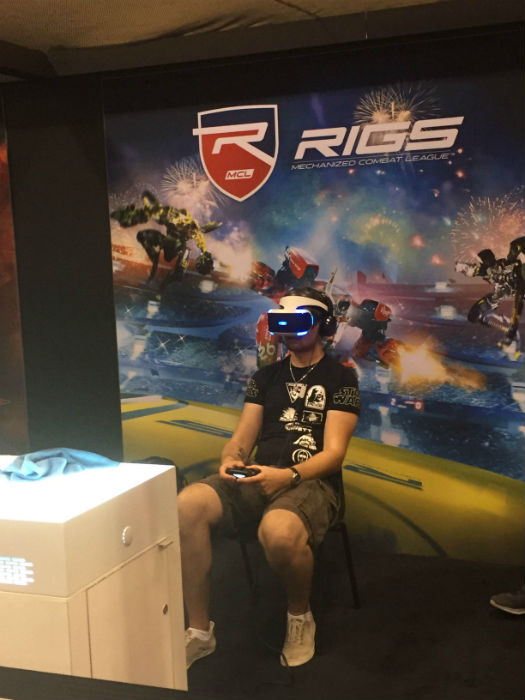 Other games that were really impressive was RIGS: Mechanized Combat League for its futuristic take on basketball using giant weaponized mechs, Job Simulator for its hilarious and quirky take on everyday jobs, Thumper for its mind-blowing psychedelic graphics and hyper fast gameplay, and Battlezone for its back-to-basics tank combat arena gameplay in silky smooth VR. To my surprise, one of the absolute coolest experiences I had with PS VR wasn’t even a game—it was Allumette, a short animated film from California-based Penrose Studios. Imagine a Pixar film only instead of being a silent observer of a flat screen, you’re fully inside a 360-degree animated world where you can actively look around, and even peer behind objects. Even though it was only about a ten-minute film, it was utterly fascinating and has made me eager to view more VR films.
Other games that were really impressive was RIGS: Mechanized Combat League for its futuristic take on basketball using giant weaponized mechs, Job Simulator for its hilarious and quirky take on everyday jobs, Thumper for its mind-blowing psychedelic graphics and hyper fast gameplay, and Battlezone for its back-to-basics tank combat arena gameplay in silky smooth VR. To my surprise, one of the absolute coolest experiences I had with PS VR wasn’t even a game—it was Allumette, a short animated film from California-based Penrose Studios. Imagine a Pixar film only instead of being a silent observer of a flat screen, you’re fully inside a 360-degree animated world where you can actively look around, and even peer behind objects. Even though it was only about a ten-minute film, it was utterly fascinating and has made me eager to view more VR films.
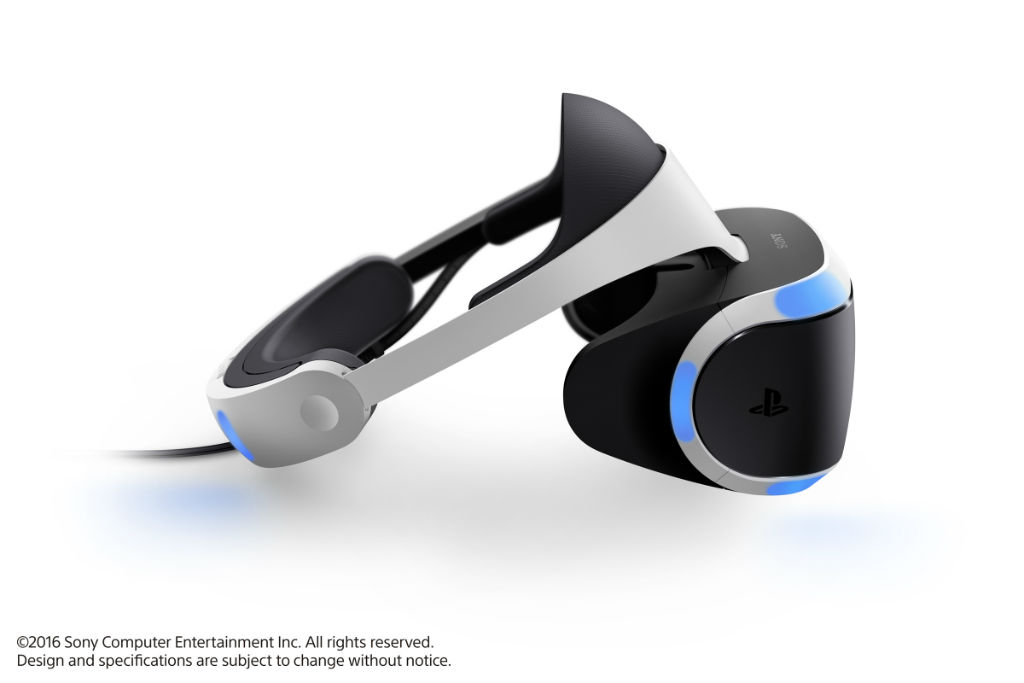 The PlayStation VR Headset
The PlayStation VR Headset
PS VR sports a very sleek, distinct white and black design that fits somewhere between a gadget straight out of Disney’s Tron, and a really high-end plastic toy. Personally, I really enjoy the outer design, but it’s the comfort and build quality that makes it stand head and shoulders above other VR devices out there. Instead of a strap across the top of your head (commonly seen in other VR headsets), PS VR has a sturdy headband with lots of padding that you can adjust for the right grip. PS VR weighs 610 grams, more than HTC Vive (555 grams) and Oculus Rift (380), but the weight is so evenly distributed on your head you will barely ever consciously think about the VR unit while playing. Another major plus for PS VR is its adjustable front scope that you can move closer or further away from your eyes to maximize visual focus, fitting right over top of eyeglasses if you wear them. You’ve probably heard this before about PS VR—it’s the most comfortable VR headset on the market—and it can’t be emphasized enough how true this is. PS VR’s physical “tech” is so unobtrusive, it melts away leaving you fully immersed in your virtual worlds.
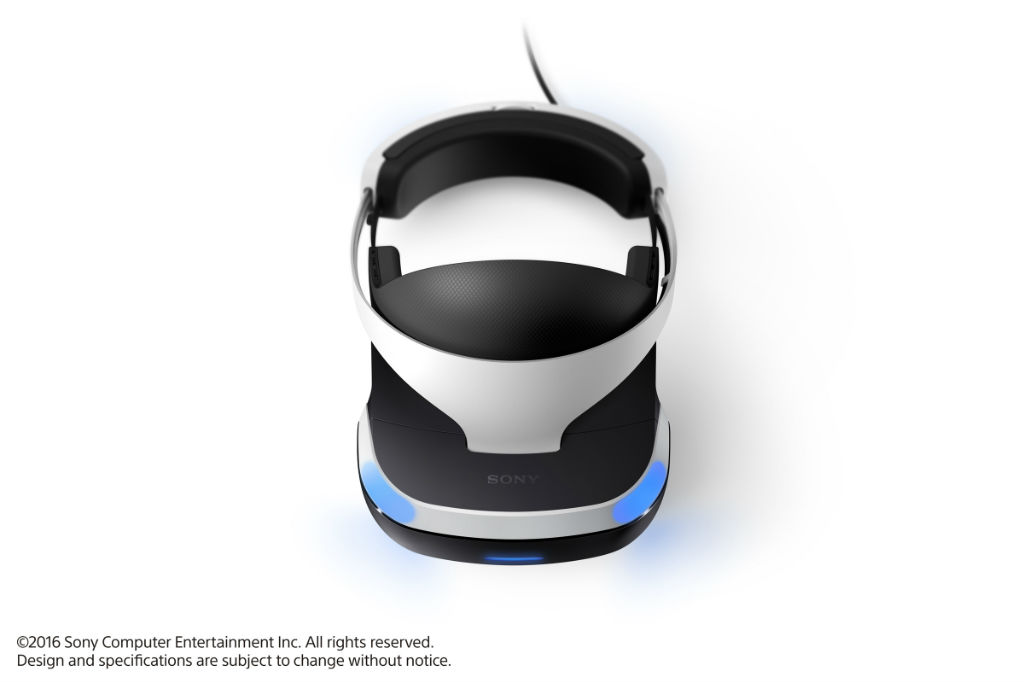 Taking a deeper look into PS VR’s headset you’ll find a beautiful 5.7 inch full-HD OLED display that can output 1920 x RGB x 1080 resolution, providing 960 x RGB x 1080 pixels per eye. The display offers a 100-degree field of view, which is slightly less than the HTC Vive and Oculus Rift, but still sufficient enough to give you a wide perspective of your virtual worlds. Of course no matter what direction you look in—be it to the front, left, right, or behind—the vast 100-degree field of view follows your head motion 1:1 so you always feel immersed in wherever you might be. To make the visuals on the OLED display as smooth as possible, PS VR has a high 120hz refresh rate and an ultra-low latency of 18ms, which combine to give you a sense of presence and reduces fatigue. PS VR also includes a Processor Box that supplies 3D audio to any pair of wired headphones connected via the device’s inline remote. Tech specs and jargon aside, anecdotally I can say that I found my time with PS VR to be very immersive, relaxing, and enjoyable—even after long play sessions. One caveat though is that Sony says PS VR shouldn’t be used by gamers under 12 years of age, so it’s strongly advised to keep the device out of young children’s reach.
Taking a deeper look into PS VR’s headset you’ll find a beautiful 5.7 inch full-HD OLED display that can output 1920 x RGB x 1080 resolution, providing 960 x RGB x 1080 pixels per eye. The display offers a 100-degree field of view, which is slightly less than the HTC Vive and Oculus Rift, but still sufficient enough to give you a wide perspective of your virtual worlds. Of course no matter what direction you look in—be it to the front, left, right, or behind—the vast 100-degree field of view follows your head motion 1:1 so you always feel immersed in wherever you might be. To make the visuals on the OLED display as smooth as possible, PS VR has a high 120hz refresh rate and an ultra-low latency of 18ms, which combine to give you a sense of presence and reduces fatigue. PS VR also includes a Processor Box that supplies 3D audio to any pair of wired headphones connected via the device’s inline remote. Tech specs and jargon aside, anecdotally I can say that I found my time with PS VR to be very immersive, relaxing, and enjoyable—even after long play sessions. One caveat though is that Sony says PS VR shouldn’t be used by gamers under 12 years of age, so it’s strongly advised to keep the device out of young children’s reach.
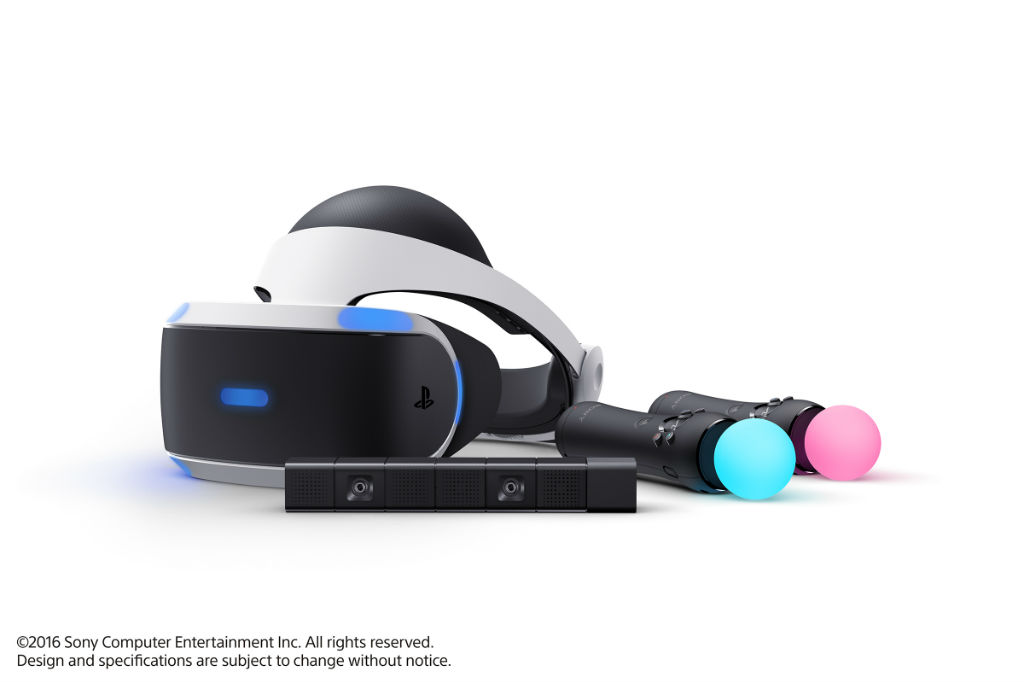 The Camera and Controllers
The Camera and Controllers
PlayStation VR is the most affordable high-end VR device available today, however purchasing just the base unit isn’t enough: you almost certainly will need the PlayStation Camera and two PlayStation Move Controllers as well. In order to accurately track your movement in 3D space, the PlayStation Camera is used to “read” nine blue LED lights around the circumference of the headset, and quite a few games available for PS VR use one or two PlayStation Move Controllers (which also use the PS Camera to determine their spatial positioning.) PS Move Controllers and the PS Camera have been available for years now, so how much extra you’ll need to invest on top of the PS VR unit will depends on how many of these devices you currently own.
As far as the motion control detection of the PS Move Controllers goes, it’s very good, so long as you’re facing the camera. Games like Until Dawn: Rush of Blood and PlayStation VR Worlds had very accurate reads of my motion, and correctly translated them in-game. Games that use the PS Move and require you to interact in 360-degree worlds can sometimes be problematic when your body is in between the camera and controller, since the camera loses track of where the controller is in 3D space. PS VR’s reliance on a single camera is a major weakness in these situations, as you may need to awkwardly shift your body such that the PS Move controllers are still visible to the camera, which can take you out of the VR experience, at least temporary until you return to facing the camera. It’s too bad Sony didn’t give us the option of connecting a second camera to place in the rear, but perhaps we’ll get a solution to this nagging issue in time.
Some PS VR games opt instead to use the PS4’s DualShock 4 Controller, such as Thumper and Battlezone, and many of these use the controller’s rear light bar to detect its location in 3D space. On the headset display, most games that read the light bar will show a representation of your DualShock 4 Controller, and during tutorials/early missions, callout markers will even indicate which button to press for each action. I found this extremely helpful since the headset completely covers your eyes, and therefore you can’t physically see your controller.
Overall Impressions
PlayStation VR is an extremely impressive piece of tech that has potential to bring immersive, lifelike VR to millions of gamers already invested in the PlayStation ecosystem. The low entry to barrier (all you need is a PS4 console to get started) means that PS VR is already accessible to many gamers without the need to upgrade to an expensive gaming PC. Every aspect of PS VR shows great attention to detail—from the sleek design, to its comfortable fit, to its gorgeous OLED display—and the commitment from Sony and third-party game developers on the software side is very strong. With 30 games available at launch, dozens more coming by the end of the year, and titles like Resident Evil 7 and Farpoint already announced for 2017, a lot of incredible VR experiences await. PS VR is easy to recommend, and with such amazing tech about to be unleashed to gamers worldwide, the ball is squarely in Sony’s court to keep the momentum going through 2016, and beyond.
Final Score
Performance 4/5
Features 4.5/5
Design 4.5/5
Value 4.5/5
Overall Rating 4.4/5 (88%)
